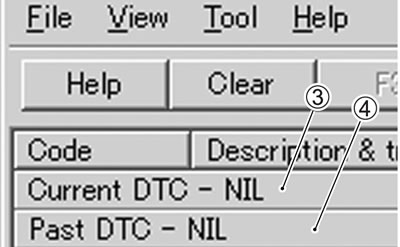- Don't disconnect couplers from ECM, the battery cable from the battery, ECM ground wire harness from the engine or main fuse before confirming the malfunction code (self-diagnostic trouble code) stored in memory. Such disconnection will erase the memorized information in ECM memory.
- Malfunction code stored in ECM memory can be checked by the SDS.
- Be sure to read "PRECAUTIONS IN SERVICING" (5-3) before inspection and observe what is written there.
- Remove the left frame lower side cover. (3-6)
- Set up the SDS tool. (Refer to the SDS operation manual for further details.)
- Read the DTC (Diagnostic Trouble Code) and show data when trouble (displaying data at the time of DTC) according to instructions displayed on SDS.
- Not only is SDS used for detecting Diagnostic Trouble Codes but also for reproducing and checking on screen the failure condition as described by customers using the trigger.
- How to use trigger. (Refer to the SDS operation manual for further details.)
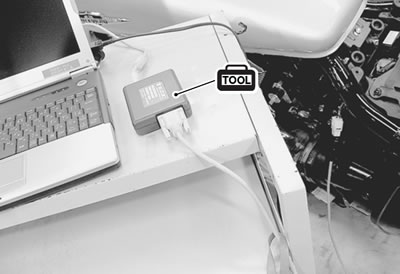
- 09904-41010: SDS set tool
- 99565-01010-007: CD-ROM Ver. 7
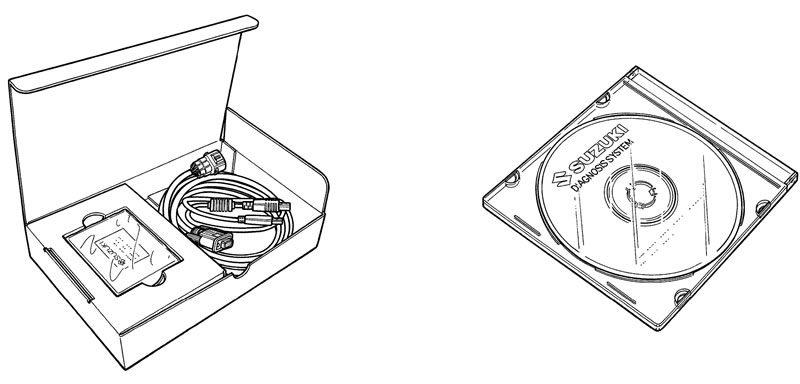
Use of sds diagnosis reset procedure
- After repairing the trouble, turn OFF the ignition switch and turn ON again.
- Click the DTC inspection button 2.
- Check the DTC.
- The previous malfunction history code (Past DTC) still remains stored in the ECM. Therefore, erase the history code memorized in the ECM using SDS tool.
Note: The malfunction code is memorized in the ECM also when the wire coupler of any sensor is disconnected. Therefore, when a wire coupler has been disconnected at the time of diagnosis, erase the stored malfunction history code using SDS.

- Click "Clear" 2 to delete history code (Past DTC).
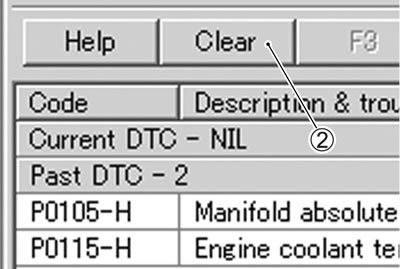
- Follow the displayed instructions.
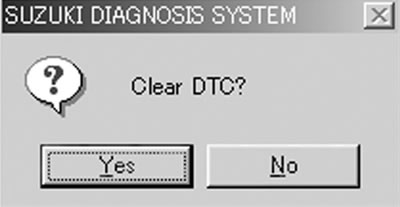
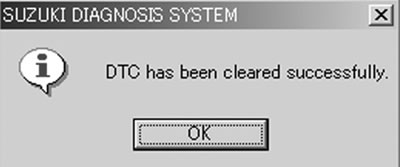
- Check that both "Current DTC" 3 and "Past DTC" 4 are deleted (NIL).
